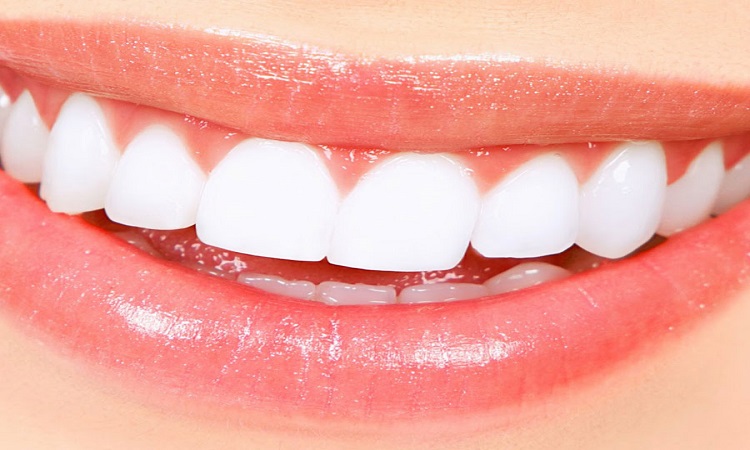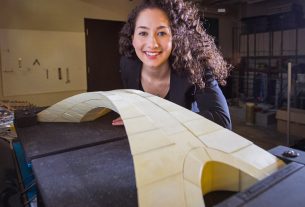Dental caries affects nearly three billion people worldwide. The enamel of the tooth is the first touched. The infection then spreads, reaching the dentin. The problem with enamel, the hardest tissue of the body, is that it can not regenerate itself. To replace it, dentists use other materials such as resin, metal alloys, or ceramics. It works, but these materials do not adhere entirely to the natural enamel of the tooth. These are only temporary solutions.
The fact is that the natural enamel of the tooth has a surprisingly complex structure – which also explains its hardness. Reproducing this “biological framework” has always been a challenge for researchers. But a new step has been taken. Zhaoming Liu and his team at Zhejiang University in China have developed a new repair gel based on calcium and phosphate. These are the two basic elements of enamel. The details of the study are published in the journal Science Advances.
The researchers say they have tested this new gel by applying it to human teeth damaged by acid. They then left their teeth in fluid containers designed to mimic the environment of the mouth for 48 hours. It was found that the gel had succeeded in stimulating the growth of a new, highly resistant enamel that was perfectly bonded to human teeth. This unique coating, however, was only 3 microns thick – about 400 times thinner than enamel.
A promising approach
The technique will have to be perfected in order to reach the 0.5 to 2 mm thickness needed to prevent cavities from developing. But researchers are confident, hoping for first clinical trials in two to three years. The advantage is that the materials used here remain relatively cheap, and can be prepared on a large scale. “After intensive discussions with dentists, we believe that this new method can be widely used in the future,” says Dr.Zhaoming Liu. We only ask to believe it.
Recall that two years ago, another team of Chinese researchers published a study on the development of a vaccine potential against cavities. The results seemed at the time very promising. At least in the mouse. This research is currently still in progress and will have to go through clinical trials before possible commercialization.




